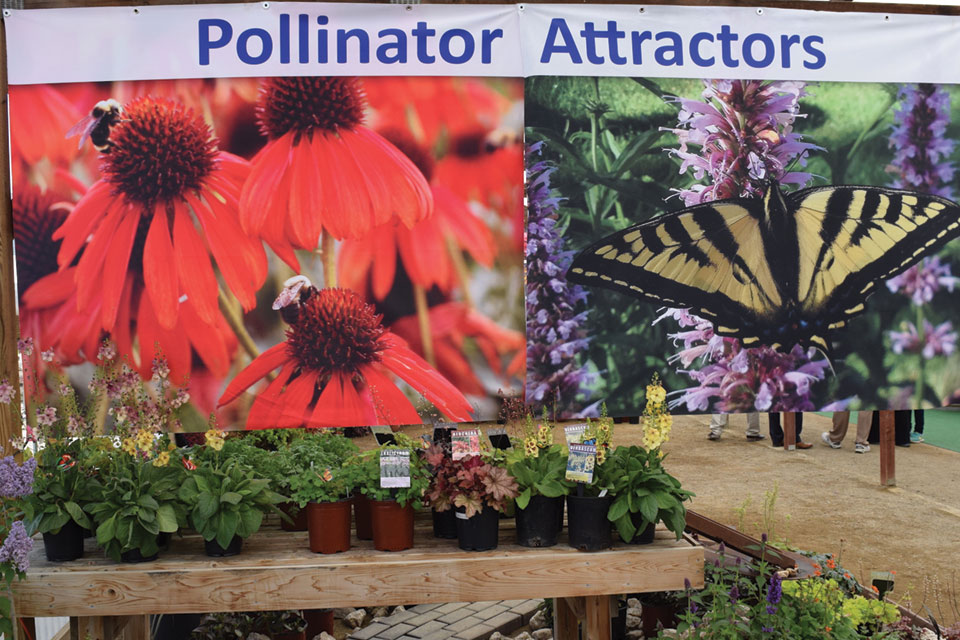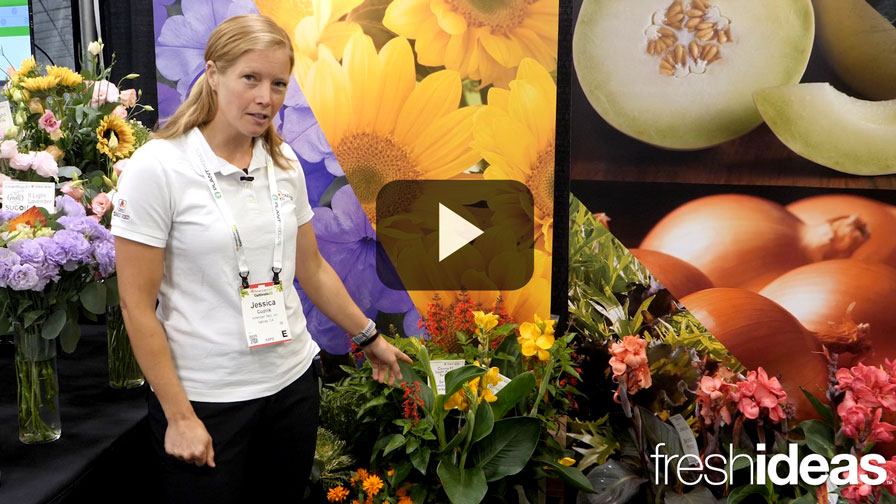New Guide Helps You Choose Best Plants for Attracting Pollinators
 Michigan State University (MSU) entomologist David Smitley is leading a multistate collaboration to update an online publication offering tips on how best to protect pollinators in urban landscapes, including proper plant selection.
Michigan State University (MSU) entomologist David Smitley is leading a multistate collaboration to update an online publication offering tips on how best to protect pollinators in urban landscapes, including proper plant selection.
“Protecting and Enhancing Pollinators in Urban Landscapes for the U.S. North Central Region,” which is available for download, encourages planting of trees, shrubs, plants, and flowers that research has shown are highly attractive to pollinators.
“The guide provides information for landscapers and gardeners who want to attract pollinators and protect them, even when pests like Japanese beetle need management,” Smitley says.
The 34-page resource includes information on:
- Major threats to bees and butterflies in urban habitats
- Flowers, shrubs, and trees known to improve habitat for pollinators, with specific lists to attract bees and butterflies
- How to select plants to provide blossoms for pollinators throughout the season
- Problem-prone plants to avoid
- Best management practices to protect pollinators and other beneficial insects while managing serious pest problems.
“The plants and trees in our cities, towns, and yards make up an urban landscape that can be designed to welcome pollinators,” Smitley says. “Which flowers, shrubs, and trees we select and how we care for them can make a difference in supporting bees and butterflies.”
According to USDA, the total number of managed honeybee colonies has decreased from 5 million in the 1940s to about 2.6 million today. Declines in honeybee colony health heightened in the 1980s with added stress from the arrival of new pathogens and pests.
The population of monarch butterflies is also threatened. The guide advises on tips such as planting milkweed to attract the caterpillars and planting butterfly-friendly flowers to attract adults as a way to help the monarchs recover.
In October 2019, MSU, North Carolina State University, and the Cincinnati Zoo and Botanical Garden will host the Protecting Pollinators in Urban Landscapes national conference for researchers, educators and practitioners. Visit ProtectingPollinators.org for more information.










